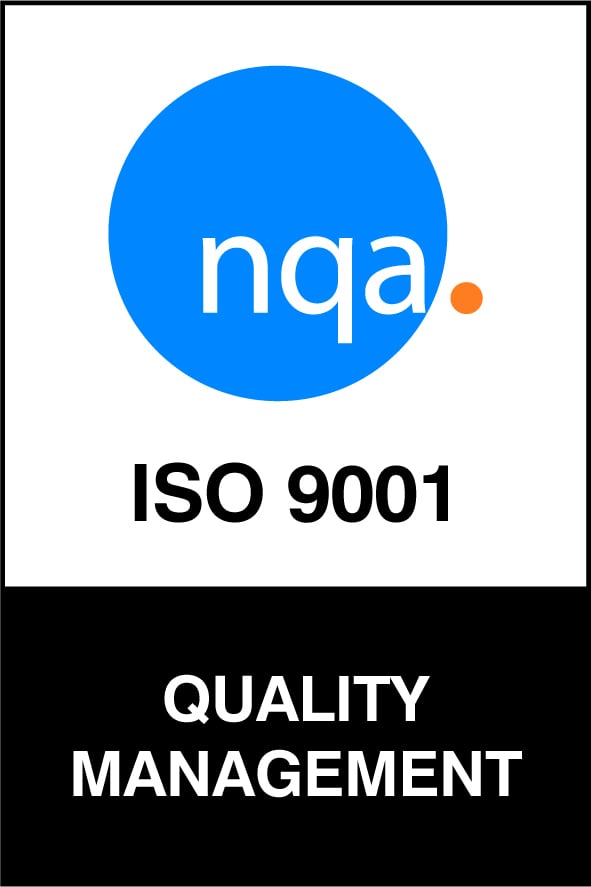Compression Molding – Made in the USA
Jefferson Rubber is a United States based manufacturer of compression molding. Compression rubber molding is the earliest and most simple form of rubber molding, having a process similar to that of making a waffle. The technology for compression molding was initially developed for molding plastics and then adapted for rubber applications. It is the most widely used well-established molding method, and in most cases efficient and economical production method for many rubber products.
The process is best suited to low production volumes of medium to large size parts that use higher cost materials. Compression molding is viewed as being labor intensive, but this can be addressed through automation to a point where it matches the efficiency of injection molding.
The most used materials for compression molding are polyurethane, polyethylene, SBR, and Neoprene. Other high-cost materials such as fluorelastomers, fluorosilicone and perfluoroeleastomers are also used.
The Process
A pre-determined amount of raw material or compound is formed into what is called a “pre-form” that is close to the shape of the end product. These shapes are then placed directly into the cavity of a mold consisting of two plates. After this, the mold is closed, and the rubber then cured.
The curing process holds the rubber in the mold under high pressure and raised temperatures to activate (or vulcanize) the rubber for an established optimal cycle time.
Once the process has completed, the shapes are then de-molded where the parts are removed or ejected from the cavities, allowing for the next cycle to begin. The cured part is taken out of the mold, allowed to cool, and then undergoes it’s finishing process. This can include de-flashing, post-curing, automated inspection, and packaging.
Using Rubber Compression Molding
Advantages
The simplicity of the required tooling makes compression molding economical and allows for ease of prototyping and short lead times. The manufacturing process that utilizes heat and pressure to bond the rubber compound into the required form leaves minimal parting lines (seams).
In many instances, it is a cost-effective solution if either the compression molding tooling already exists, the quantity required is low to medium volume or if extreme material hardness is needed.
Disadvantages
Rubber compression molding is limited as it is a more labor-intensive method compared to other molding options, making it ill-suited for higher volume applications.
The process requires a pre-form (a pre-measured amount of material), and compression molding can provide poor consistency. In addition, it is difficult to control flashing (excess material attached to a mold typically cause by leakage of the material between the two surfaces of a mold.)
Applications
Rubber compression molding has applications for most industries from aviation to aeronautics.
Medium hardness materials (60A – 90A materials) work the best in compression molding, but the process can easily manage materials with higher durometers. The high levels of cavity pressure are difficult to obtain with other molding processes, without the degradation of the material’s properties, making compression molding the more popular choice.
Compression molding is an efficient process for products that do not require bonding to metal, such as gaskets, O-rings, brake diaphragms, bushings, golf balls, and shoe soles.
As rubber offers protection from electrical currents, there are many other applications for compression molding including the manufacture of electrical wall receptacles, circuit breakers, appliance housings, electric plugs, and sockets.
Rubber is also heat and slip-resistant, so compression molding works for many domestic applications such as pot handles, cookware knobs, brush and mirror handles and cooking utensils.
Automobile parts and household appliances as well as fasteners use compression molding. Kitchenware such as bowls and cups are often manufactured with compression molding. Other uses include electrical housings, switches, and handles.
Compression Molding Vs. Standard Injection Molding
- Consistency: Consistency is the largest issue with compression molding. Since it is to control compression molding, it may not be the best choice for certain parts, especially those with a complex design.
- Machinery maintenance: Maintaining compression molding machinery tends to be quicker than injection molding.
- Capacity: Compression molding machines generally have higher production capacity and also provides a higher output than injection molding.
- Startup costs: It is often more expensive. Compression molding machinery is often expensive than injection molding machinery. These costs must be passed on to the end user.





